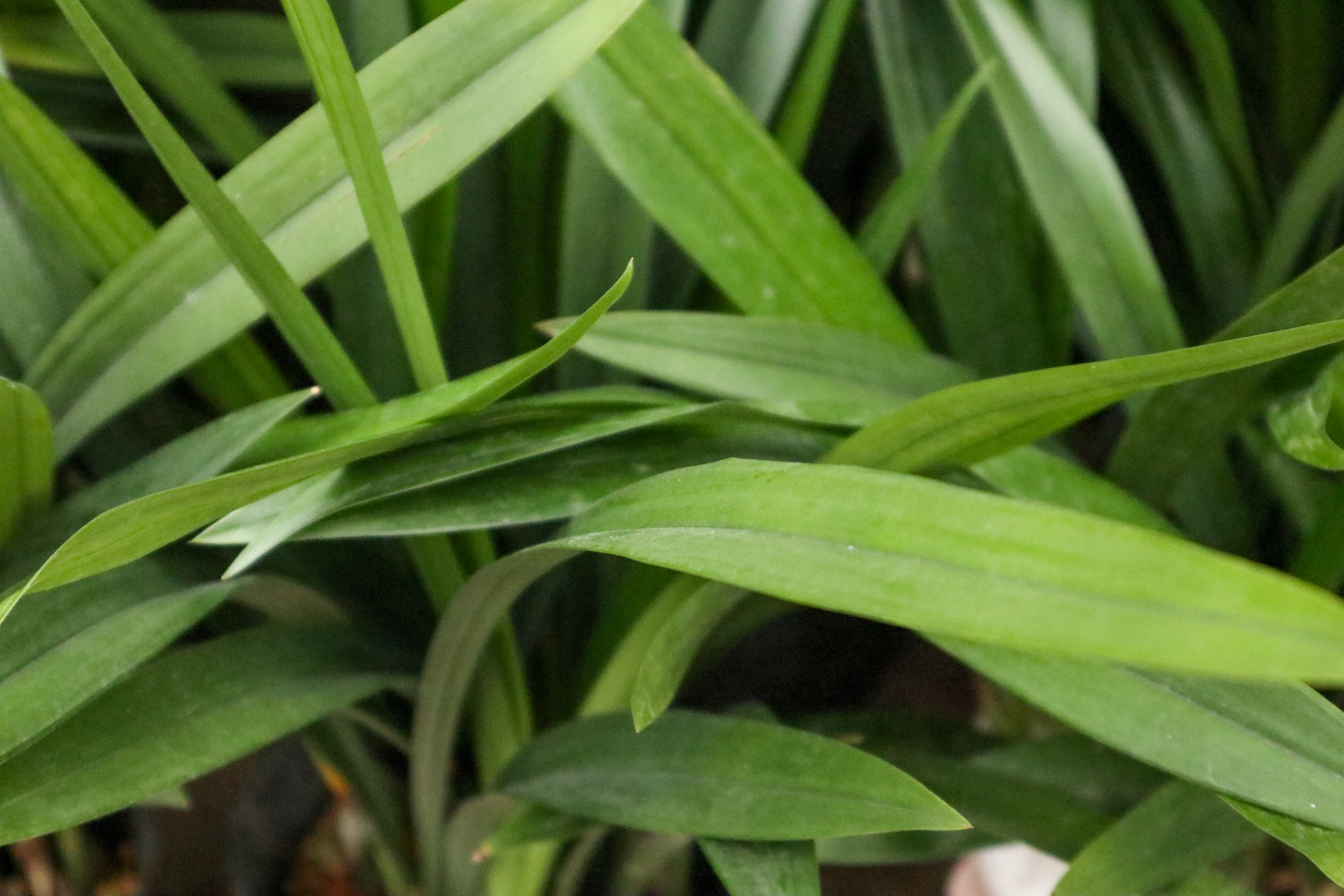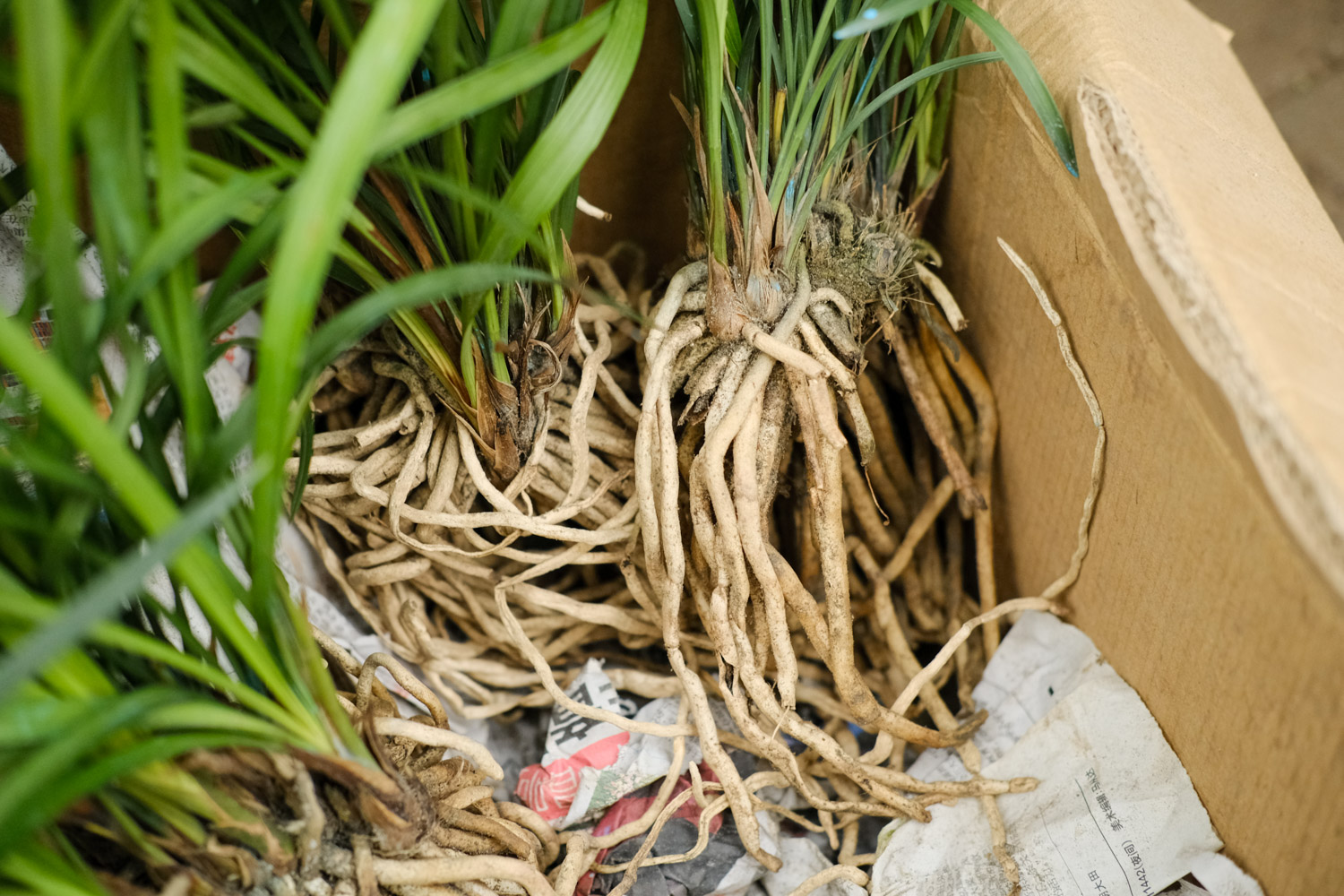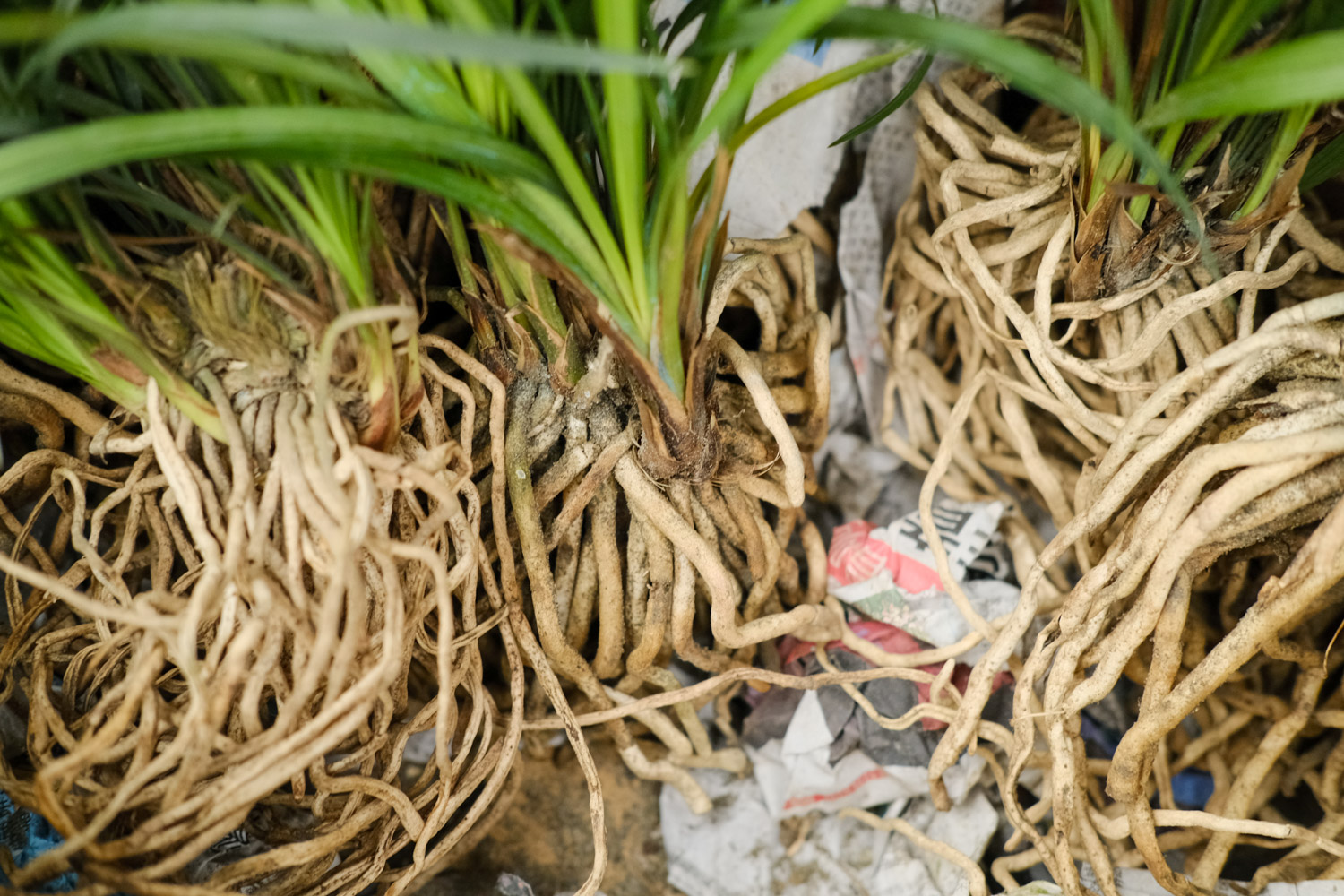1、 Planting method
1. Soil selection: when planting orchids, use coarse humus soil, which can be mixed with an appropriate amount of garden soil. It has better air permeability and nutrients, which is more conducive to later growth
2. Basin selection: when planting, it is recommended to select a plastic basin with holes on the side, which has good air permeability and is conducive to watering. Or use a clay basin with good air permeability, but pay attention not to use a ceramic basin, which is neither air nor water tight and easy to rot

3. Pot: when planting, put broken tiles at the bottom of the flower pot to improve the drainage. When burying the soil, the soil cannot completely cover the false bulb, otherwise it is not conducive to ventilation. Most of the pseudobulbs should be exposed, but the roots should not be exposed. It is OK to pile them into a vertebral shape
4. Paving: after planting, a layer of moss or small stones should be paved on the upper layer of the soil, which can adjust the moisture and is also very beautiful. In addition, it can slow down the rain erosion

2、 Skill
1. Light: it is very sensitive to light and cannot be exposed to the sun. When planting, pay attention to avoid the strong light at noon. It is best to plant between 8:00 a.m. and 10:00 a.m. or 5:00 p.m. and 7:00 p.m. In addition, the later illumination time should not exceed four hours
2. Watering: it is best to use rainwater for maintenance watering, and tap water cannot be used directly. Be careful not to pour water from the middle, and slowly replenish water from the edge of the basin

3. Diseases: when diseases are found during maintenance, the diseased parts shall be removed in time, and corresponding drugs shall be sprayed for prevention and control

 how many times do yo...
how many times do yo... how many planted tre...
how many planted tre... how many pine trees ...
how many pine trees ... how many pecan trees...
how many pecan trees... how many plants comp...
how many plants comp... how many plants can ...
how many plants can ... how many plants and ...
how many plants and ... how many pepper plan...
how many pepper plan...































